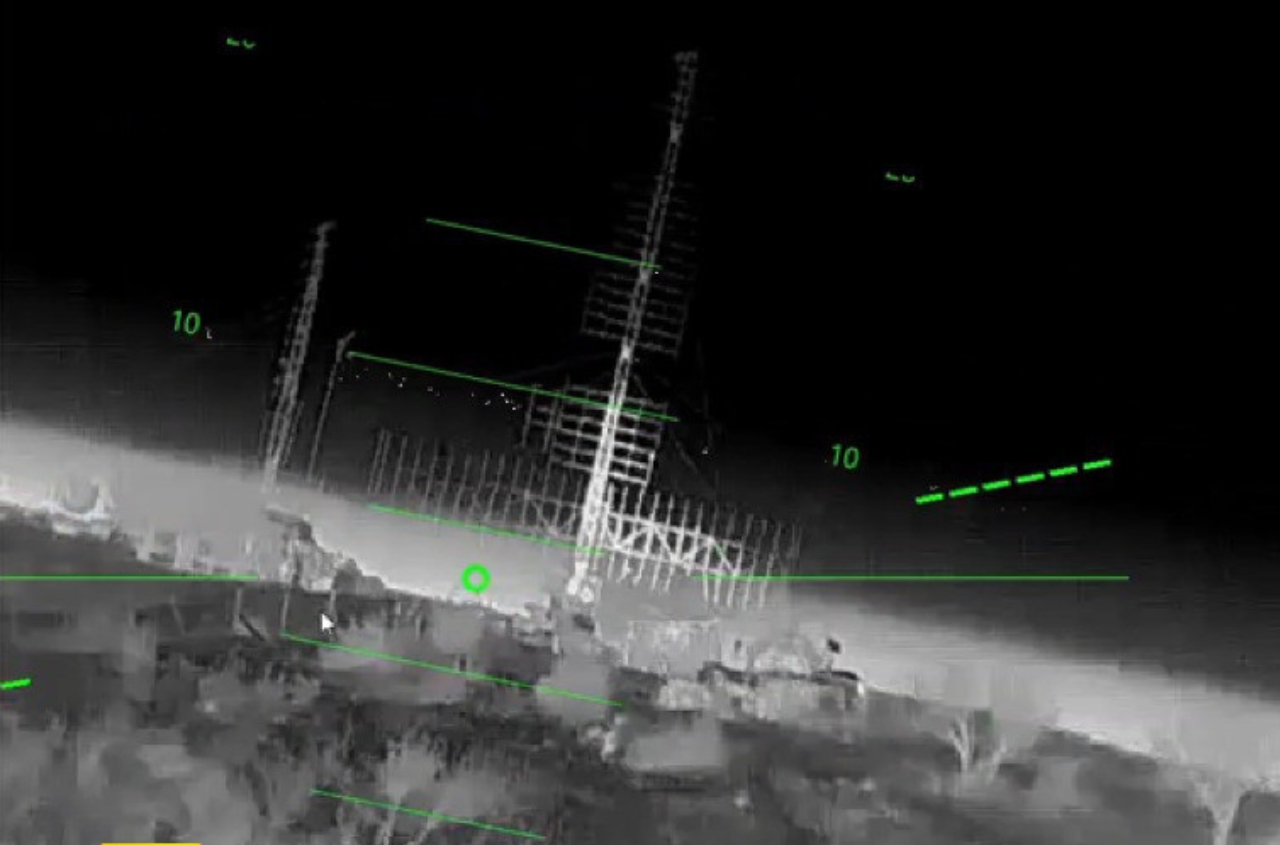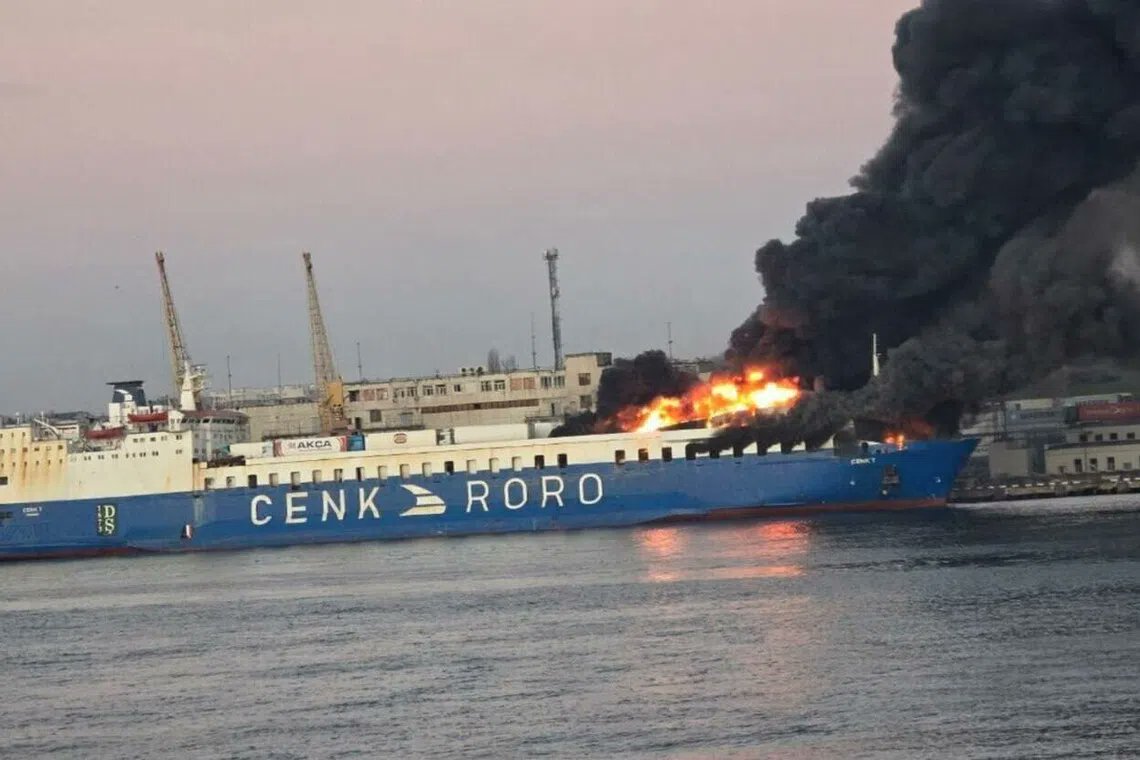On November 21, Russia launched a strike on Dnipro using a ballistic missile, likely from the Kedr missile system.
This was reported on Facebook by the Main Intelligence Directorate of the Ministry of Defense of Ukraine.
The flight time of this Russian missile from launch in the Astrakhan region to impact in Dnipro was 15 minutes.
The missile was equipped with six warheads, each carrying six submunitions. The speed at the final stage of the trajectory exceeded 11 Machs.
A number of Russian military-industrial complex enterprises were involved in the development of the mobile Kedr missile system:
- JSC “Corporation Moscow Heat Engineering Institute” (Moscow)
- JSC “Federal Scientific-Production Center ‘Titan-Barricades’” (Volgograd)
- JSC “Main Special Design Bureau ‘Prozhektor’” (Moscow)
- JSC “Concern ‘Suzurya’” (Voronezh)
- JSC “Scientific-Production Enterprise ‘Spetsenergomekhika’” (Moscow)
- LLC “Scientific Research Center of Special Equipment and Conversion ‘Kontinent’” (Moscow)
The Kedr missile system was tested at the “4th State Central Interservice Range of the Russian Federation” (Kapustin Yar, Astrakhan region) in October 2023 and June 2024.
According to the Ukrainian Air Force, on the morning of November 21, the Russians launched an intercontinental ballistic missile, Kinzhal, and seven Kh-101 cruise missiles at Dnipro. Ukrainian anti-aircraft missile units destroyed six Kh-101 missiles.
Kremlin leader Vladimir Putin stated that the Russian army struck Dnipro with the medium-range ballistic missile Oreshnik, allegedly in response to the use of American and British long-range missiles by the Ukrainian Armed Forces.





















